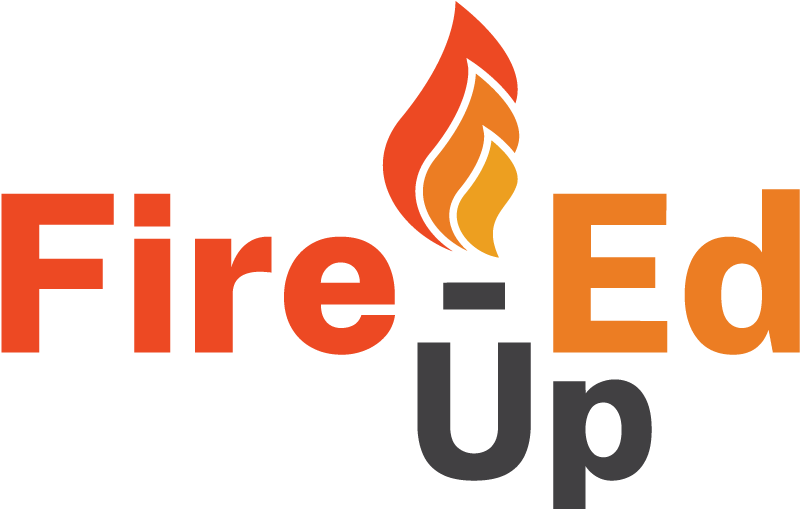 Your solution
Your solution
Fire-Ed Up Challenge
Mission 7 | Evaluate
Test your solution
Evaluate the solution against the identified problem.
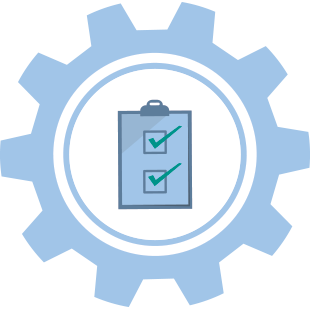
Introduction
What is ‘Evaluate’
This stage of the iSTEM engineering design process requires students to determine the effectiveness of their first design solution. What worked? What did not? Are the re better ways to address the problem?
Use the lesson below to commence solving one of the following scenarios;
Mission Brief
Key Questions for Students to consider
- What is your evaluation criteria?
- What revisions or improvements can be made to the design?
- How innovative is the solution?
- Has the solution produced any unintended outcomes?
- Can your design choices be justified?
- What was discovered from the testing and experimentation of the solution?
- Is there more experimentation and testing required?
- How well did the solution meet the success criteria
Possible Activities
- Complete testing and experimentation.
- Analyse and evaluate the impact of the solution on the environment and society.
- Complete evaluations and feedback to establish if the solution meets the design brief.
- Collect, organise, and interpret data to inform and evaluate design decisions.
- Use peer evaluation and self-reflection to identify any improvements
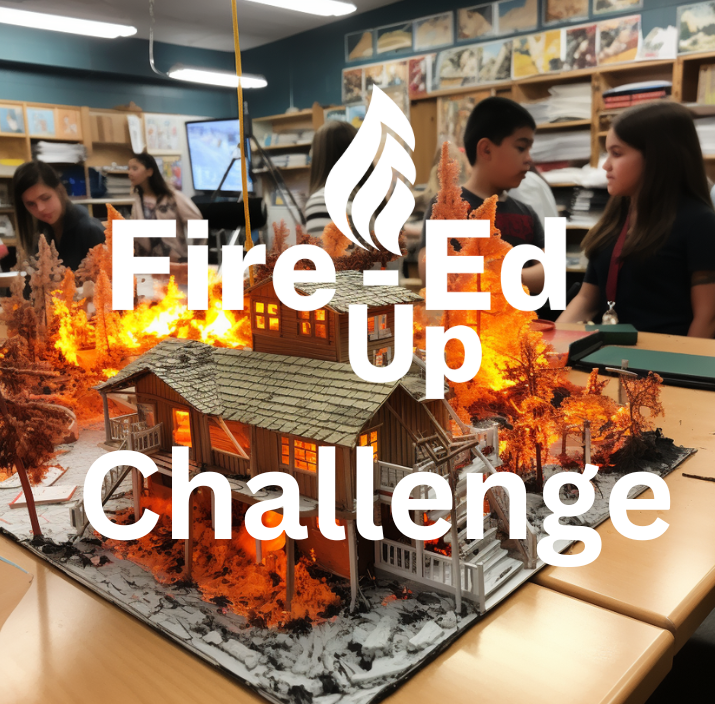
Suggested Learning Sequence – Mission 7
Our expert curriculum designers have developed a suggested Mission 7 learning sequence for teachers. The following is for the full set of Fire-Ed Up Challenge resources, however, teachers are encouraged to only use activities that are most suitable for their own class and school setting.
Sub Mission 1: Experiment Provide students with this worksheet and get them to devise an experiment that will test one of the criteria for success that was set at the beginning of the design process.
Sub Mission 2: SWOT Provide students with this SWOT analysis worksheet and get them to complete the analysis for their prototype design.
Sub Mission 3: Evaluation – Criteria Provide students with this worksheet. Get students to evaluate the prototype against the success criteria that were established at the beginning of the design process.
Sub Mission 4: Evaluation – Perspectives Provide students with a perspectives worksheet. Get students to complete this modified PMI evaluation from different stakeholder perspectives.
Sub Mission 5: Scenarios Get students to watch the selected videos from their selected scenario to provide additional context for their project.
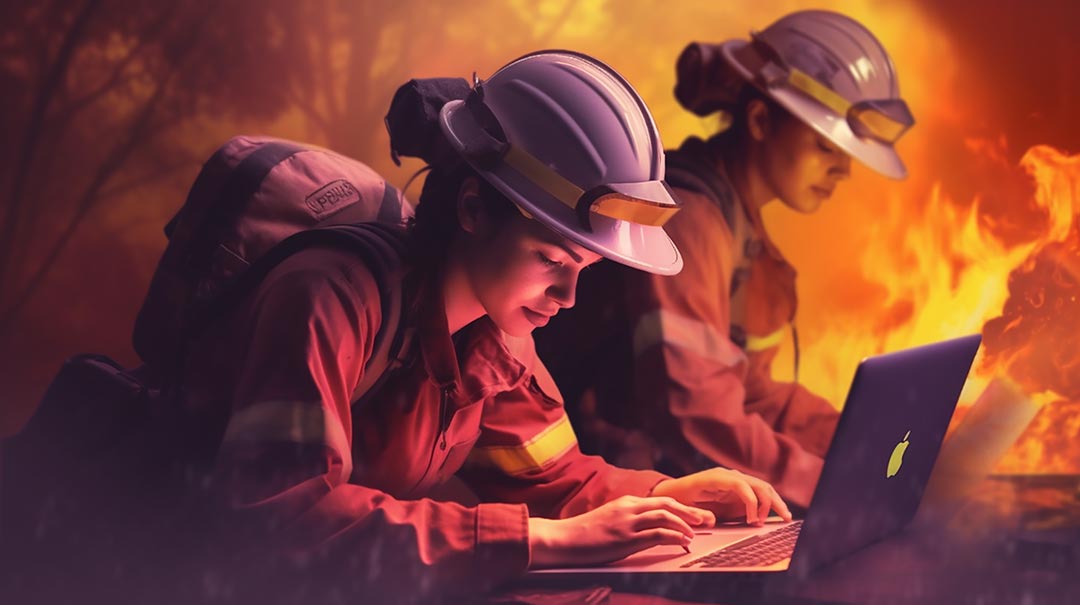


Downloadable Resources
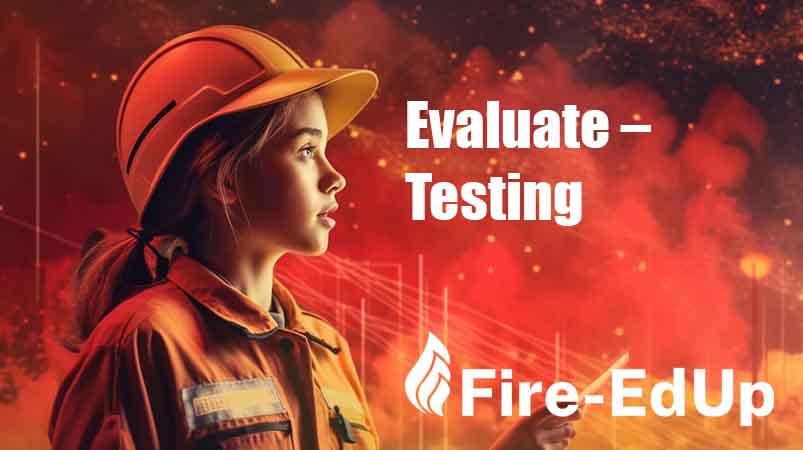
Evaluate – Testing
In this worksheet, students devise an experiment for their prototype and then evaluate it against a criteria for success.
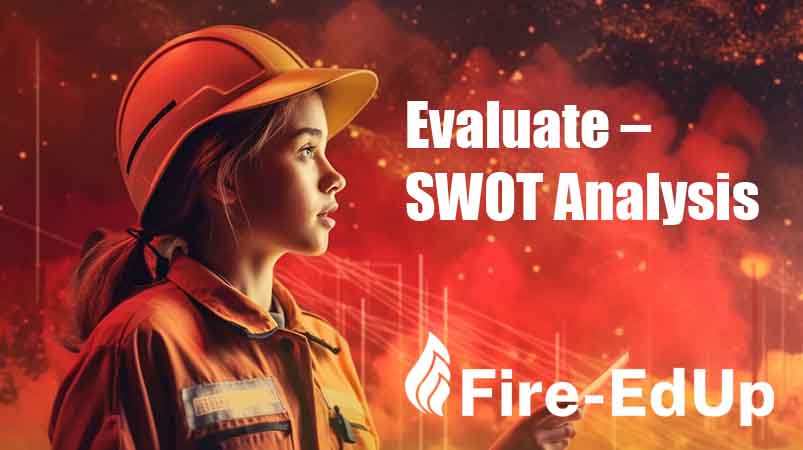
Evaluate – SWOT
In this worksheet, students are invited to complete a SWOT analysis of their prototype design solutions.

Evaluate – Criteria
In this worksheet, students evaluate their prototype against the criteria for success, established at the start.
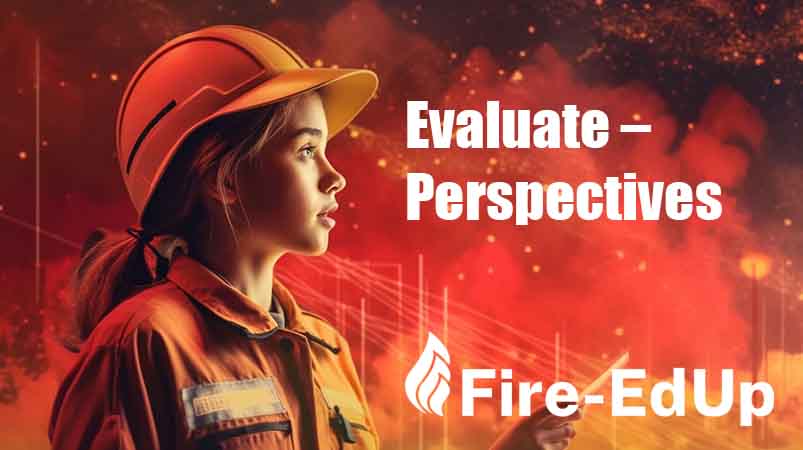
Evaluate – Perspectives
In this worksheet, students evaluate their prototype using a modified PMI which is completed from different stakeholder perspectives.
All Scenarios – Resources
General background information for teachers and students to support challenge activities.
Facts of Fire – Grass Fires
Grassfires can be just as dangerous as bushfires – it ignites very quickly, burns rapidly and can allow grassfires can travel at speeds of up to 25 kilometres per hour. (0:30 minutes)
Bushfires and Water Quality Management
Wildfire poses current and long-term hazards to the quality of our drinking waters and its effects need mitigating. Presented by Dr Quinn Ollivier, Water Quality Scientist (9:40 minutes)
Scenario 1: New technologies driving bushfire innovations
ADF drone used in bushfire recovery effort in Victoria
Under Operation Bushfire Assist 2019-20, drones were used as part of three Joint Task Forces established to facilitate ADF support to emergency services in Victoria, New South Wales and South Australia. (1:57 Minutes)
Keep personal drones away from bushfires
Operating a drone in an emergency situation such as bushfires can represent a safety risk to aircraft & can also disrupt emergency services. Don’t try to capture footage, it will not be safe & and you might be breaking the drone safety rules. (0:34 Minutes)
Scenario 2: Strategies to protect human life & property.
US Homeowners Turn to New Innovations
Homebuilders are taking action to reduce their wildfire risk with new innovations in the USA (5:29 Minutes)
Burnover Drill
Fire crews working in areas affected by bushfires need to be prepared for the dangerous situation of a burnover. (3:15 Minutes)
Scenario 3: Safeguarding our precious fauna & flora.
Adaptations: Fire Ecology of Banksias
Learn about fire ecology, where scientists learn how the environment responds, changes and adapts to different frequencies and heat of bushfires (1:33 Minutes)
Using prescribed burns
New research from Murdoch University is discovering when, where and how prescribed burns can be used to get ahead of them to preserve our biodiversity.(4:50 Minutes)
Fire-Ed Up
Next Mission | Iterate
Improve your solution
Refine design solutions, revise, and continually improve.
